The Tech Issue
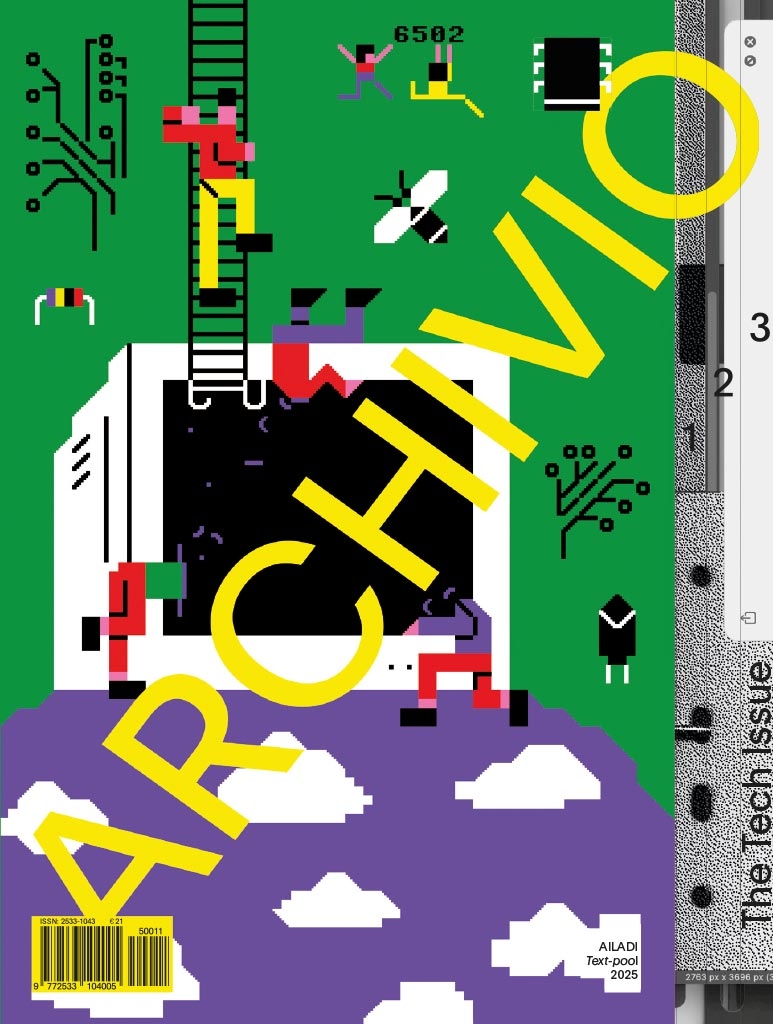
ARCHIVIO opens its third editorial cycle: four thematic issues, each curated by a Guest Editor with deep expertise, offering access to worlds where past, present, and future converge.
The third issue, ARCHIVIO N°11, focuses on technology and is curated by Massimo Banzi, co-founder of Arduino, together with Cecilia Botta, technology historian and Head of Memories at Promemoria Group, the magazine’s publisher. Daniela Hamaui oversees editorial direction, while Alessandro Gori shapes the art direction.
The cover, designed by artist Ailadi, pays tribute to the early aesthetics of the digital age. Created using PETSCII, the character set of Commodore 8-bit computers, it evokes the visual language of technology in its formative years.
ARCHIVIO N°11 maps the international landscape of technology archives, tracing the roots of the digital revolution and exploring the places where our technological past is preserved, along with the collectors and institutions that recognized its cultural value.
The issue is structured in three sections — Stories, Institutions, Collectors & Collectives — and includes a special poster: an (in)complete mapping of Italy’s technology archives, researched by Promemoria Group and visually interpreted by Accurat.
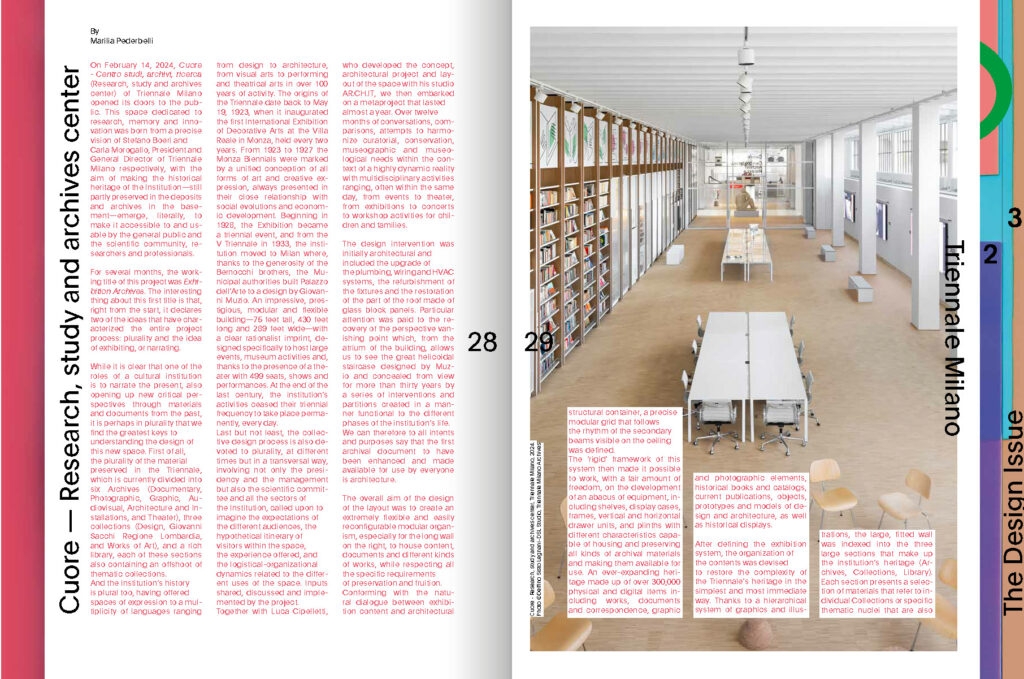

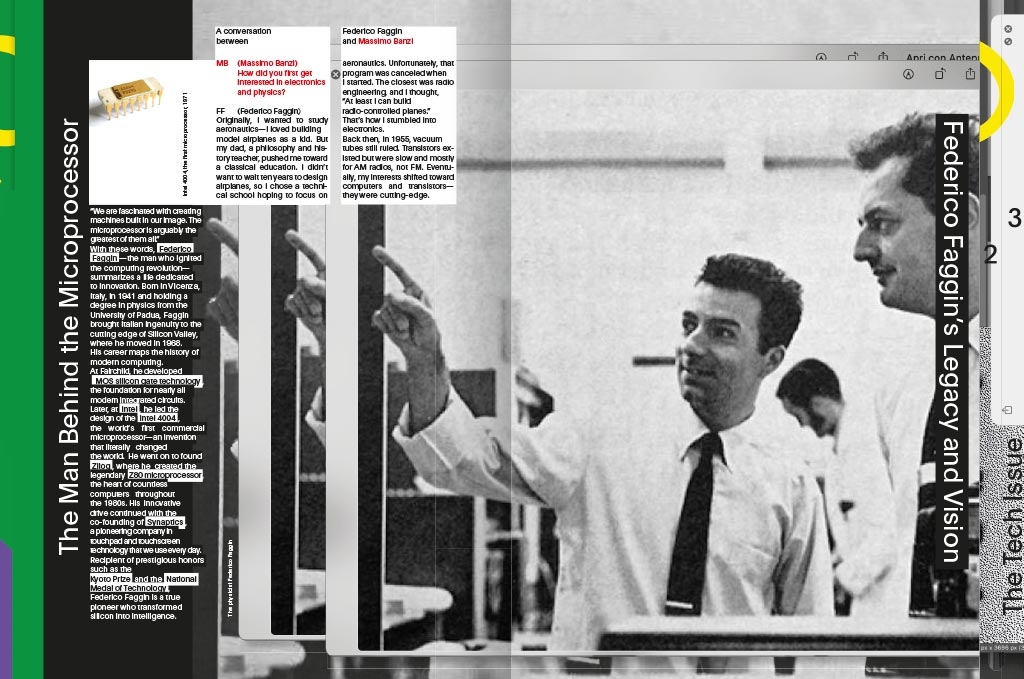
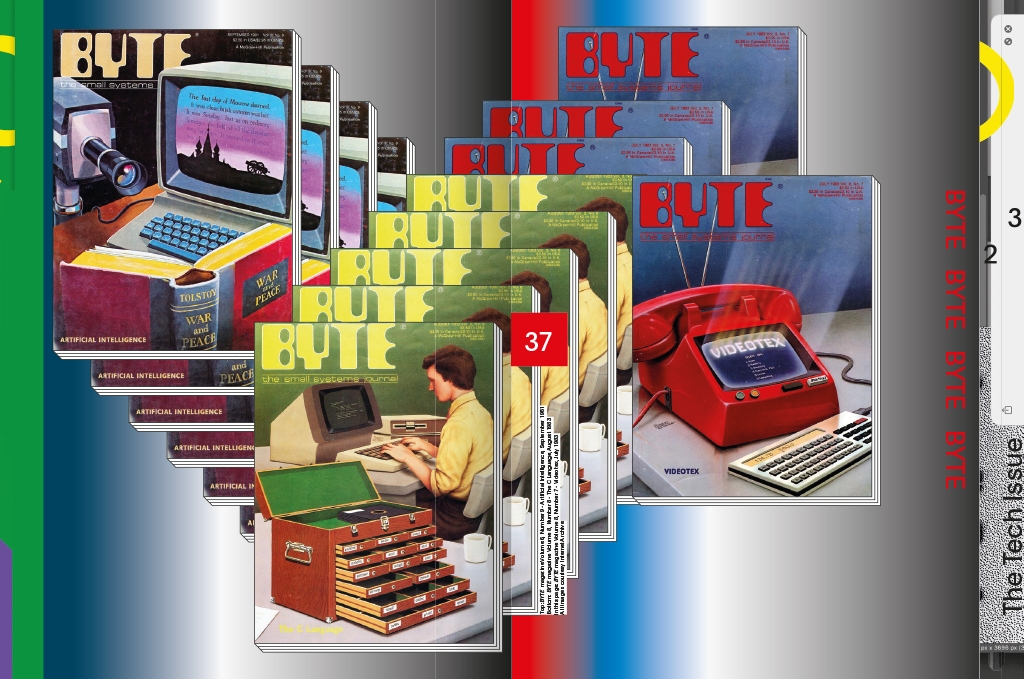
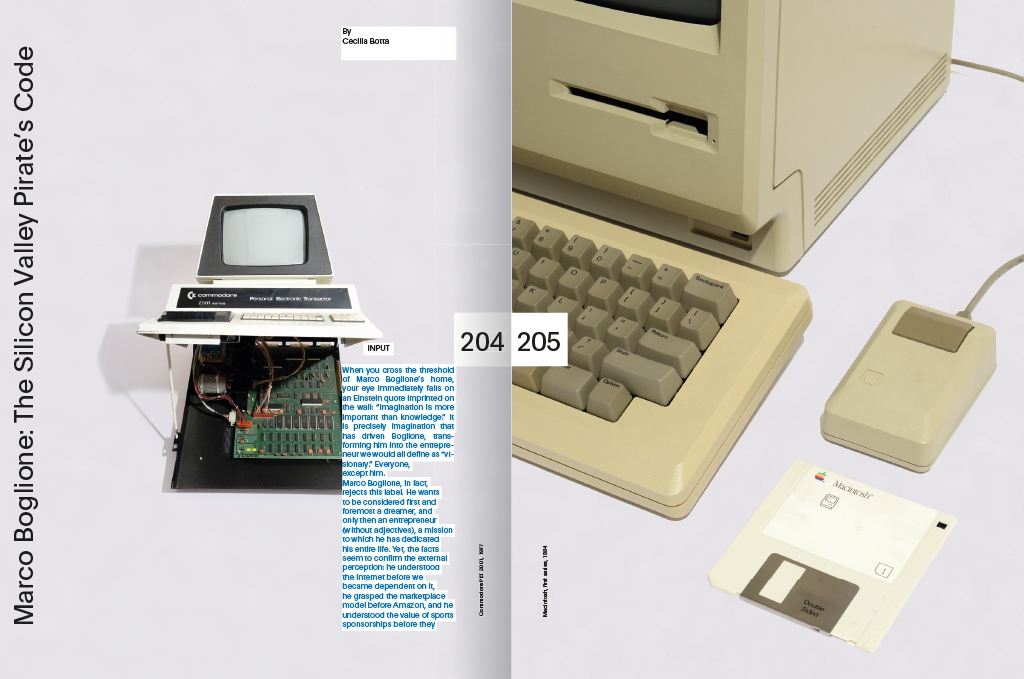
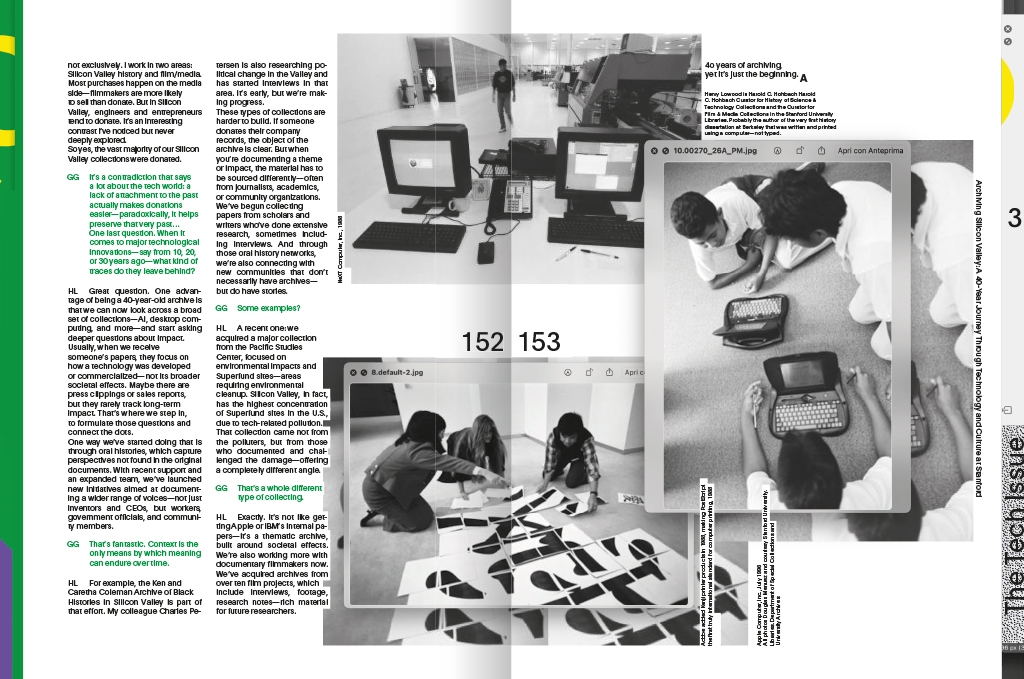
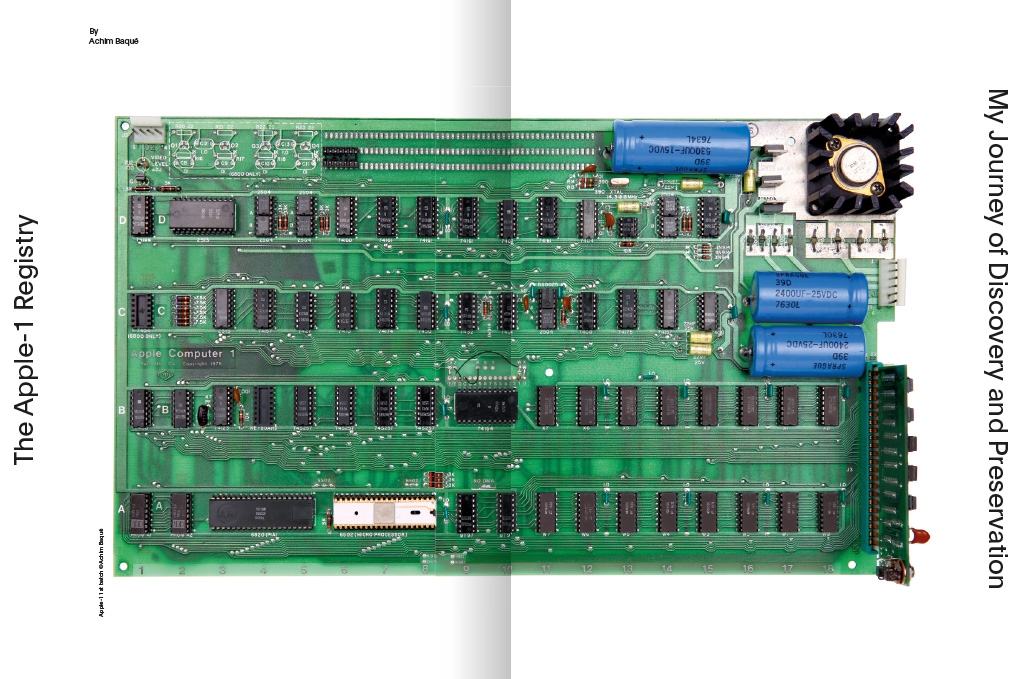
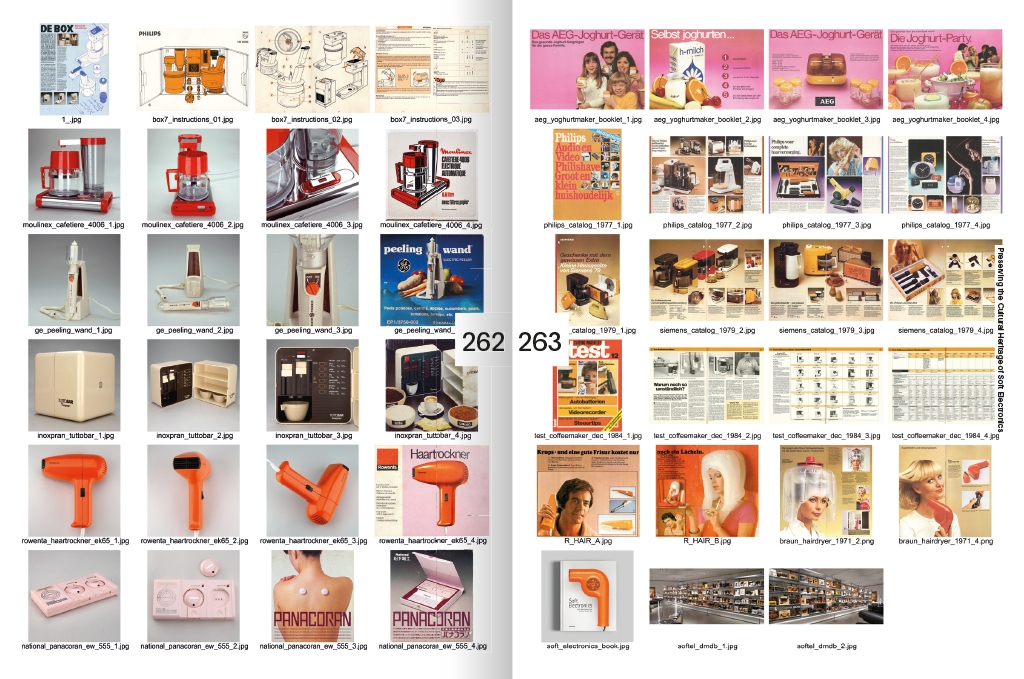
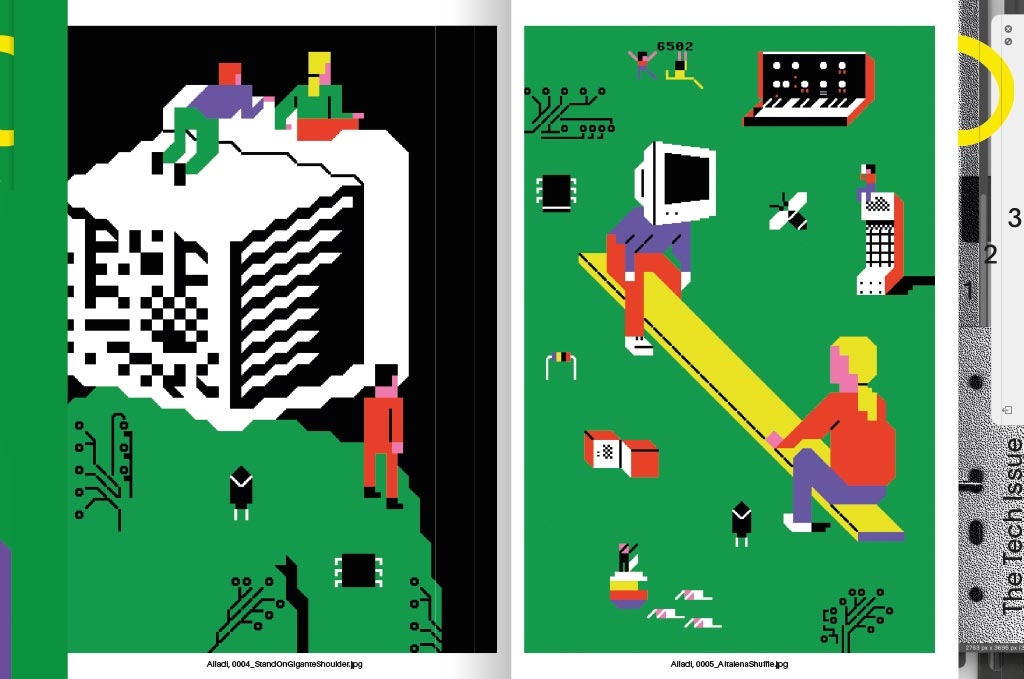
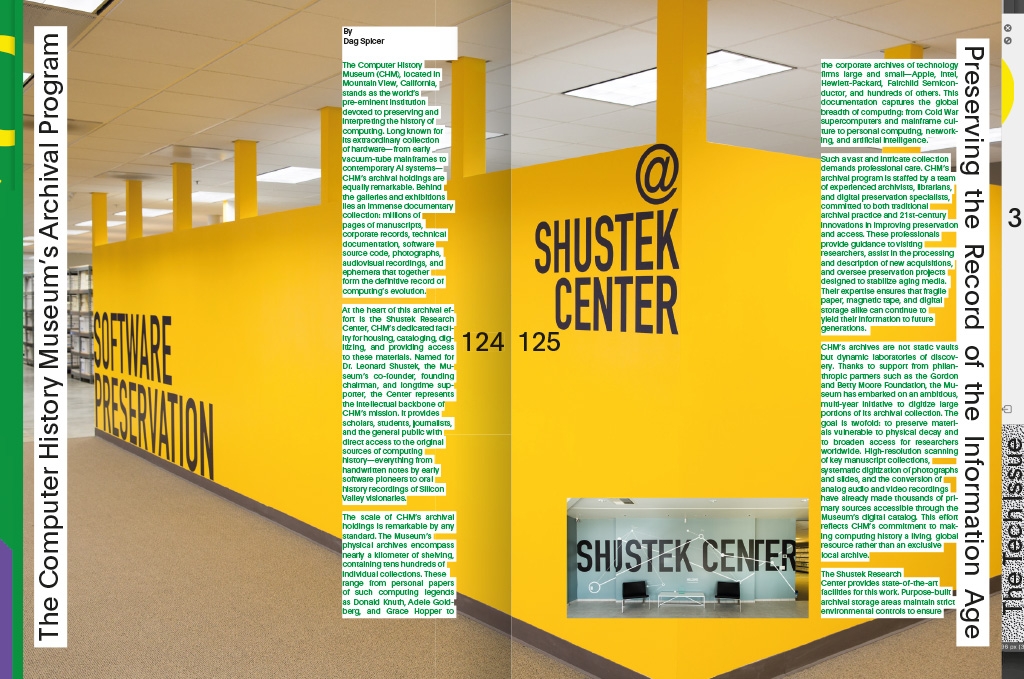
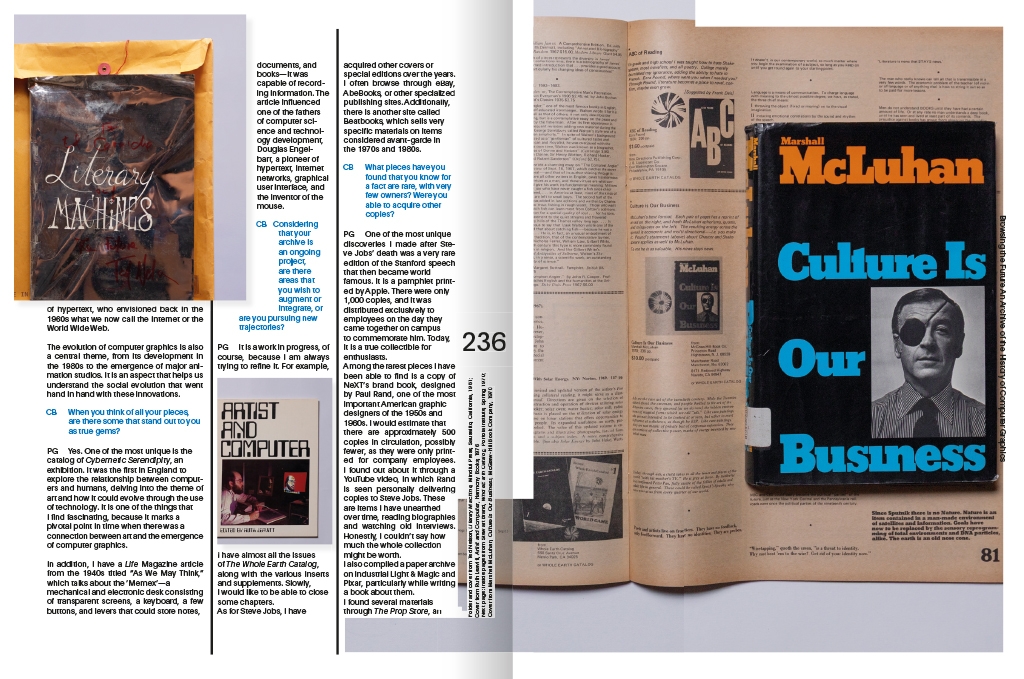
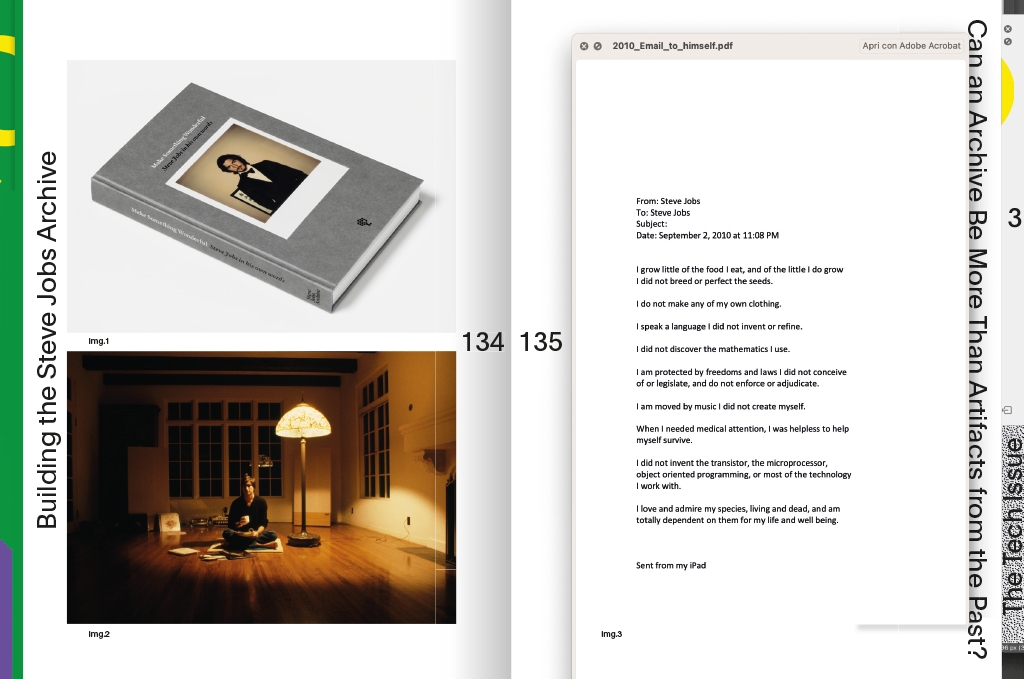
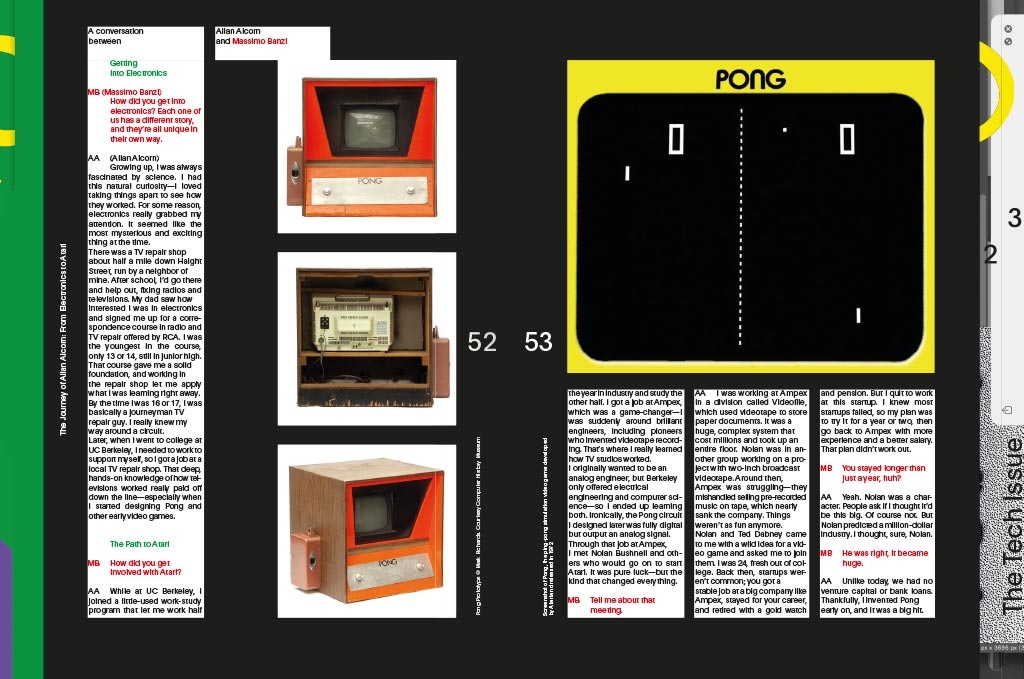
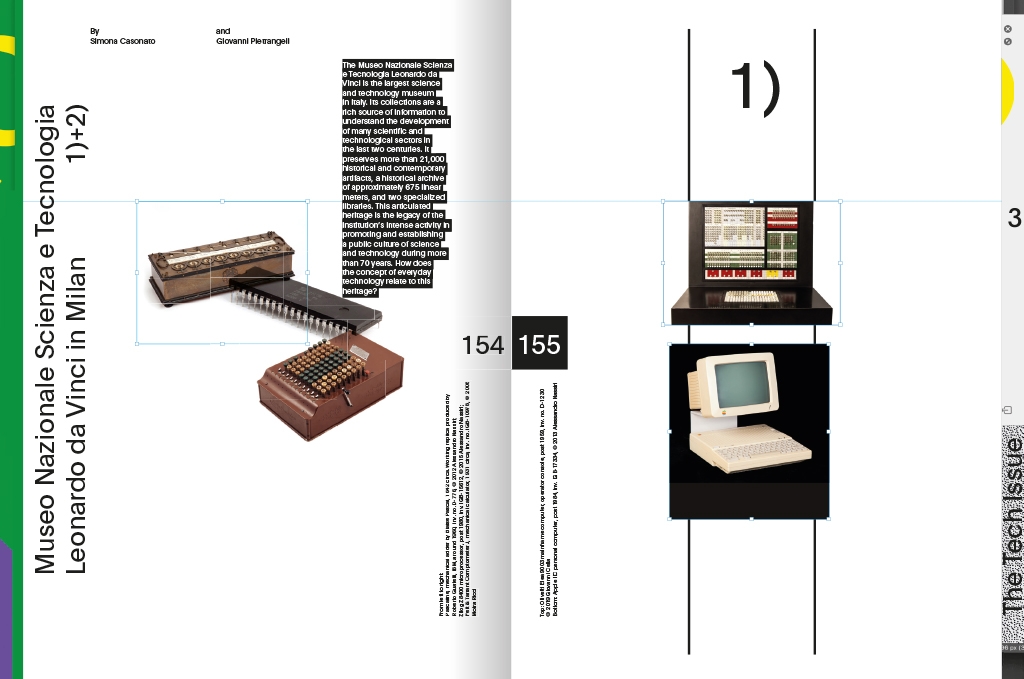
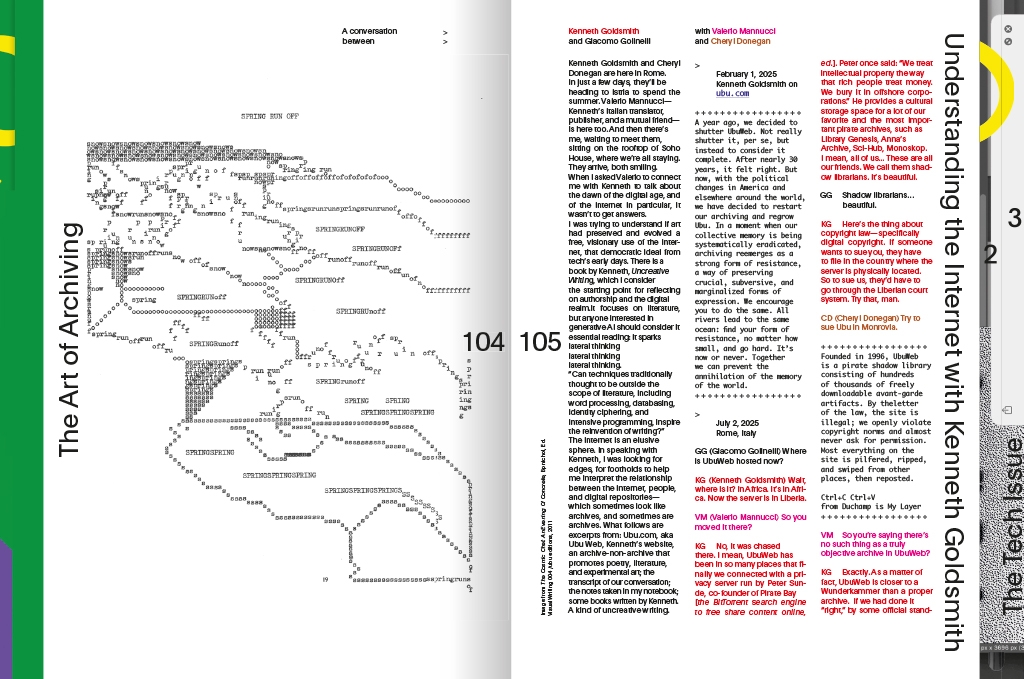































Massimo Banzi,“Often the most important innovations are the ones people talk about the least. The 6502 powered machines that defined a generation: these computers processed dreams, turning teenagers into programmers and hobbyists into entrepreneurs.”
Guest Editor
Glimpse of the Month
Archiving Silicon Valley: A 40-Year Journey Through Technology and Culture at Stanford
A conversation between Henry Lowood and Giacomo Golinelli
On the traces left by technology and the challenges of archiving what is inherently digital
GG (Giacomo Golinelli) Could you tell us how the Silicon Valley Archives project began, and what motivated its creation?
HL (Henry Lowood) It’s hard to believe, but it’s been about 40 years now—and yes, I’ve been here the entire time. Back in the mid–1980s, we began to realize that the region around Stanford—already known by then as “Silicon Valley” (a term coined in 1971)—was becoming increasingly important, though not quite as globally recognized as it is today. The electronics industry had already been developing here for a while, and it was clear that Stanford University had played a foundational role—not just in technology, but eventually also in business innovation.










